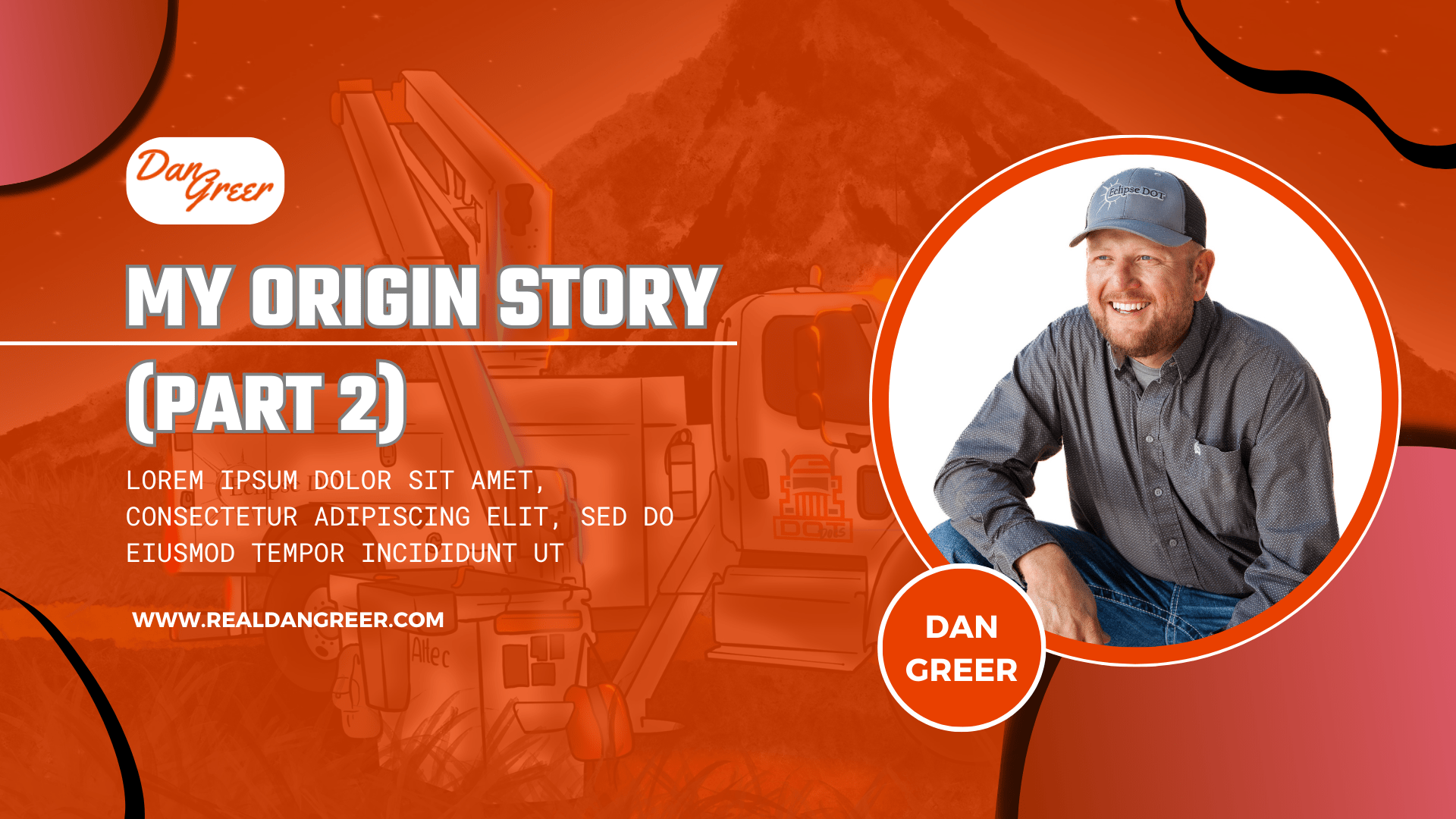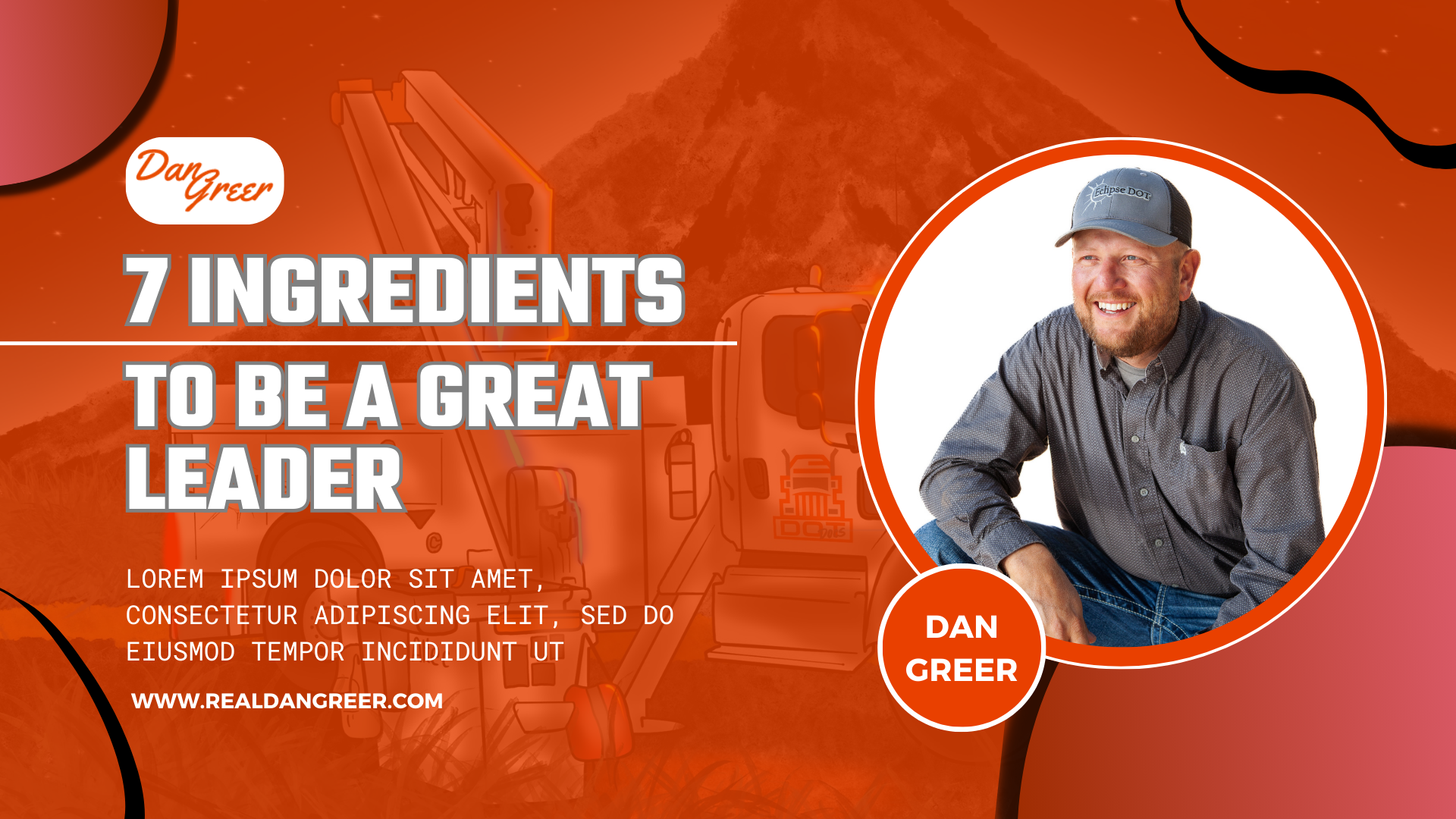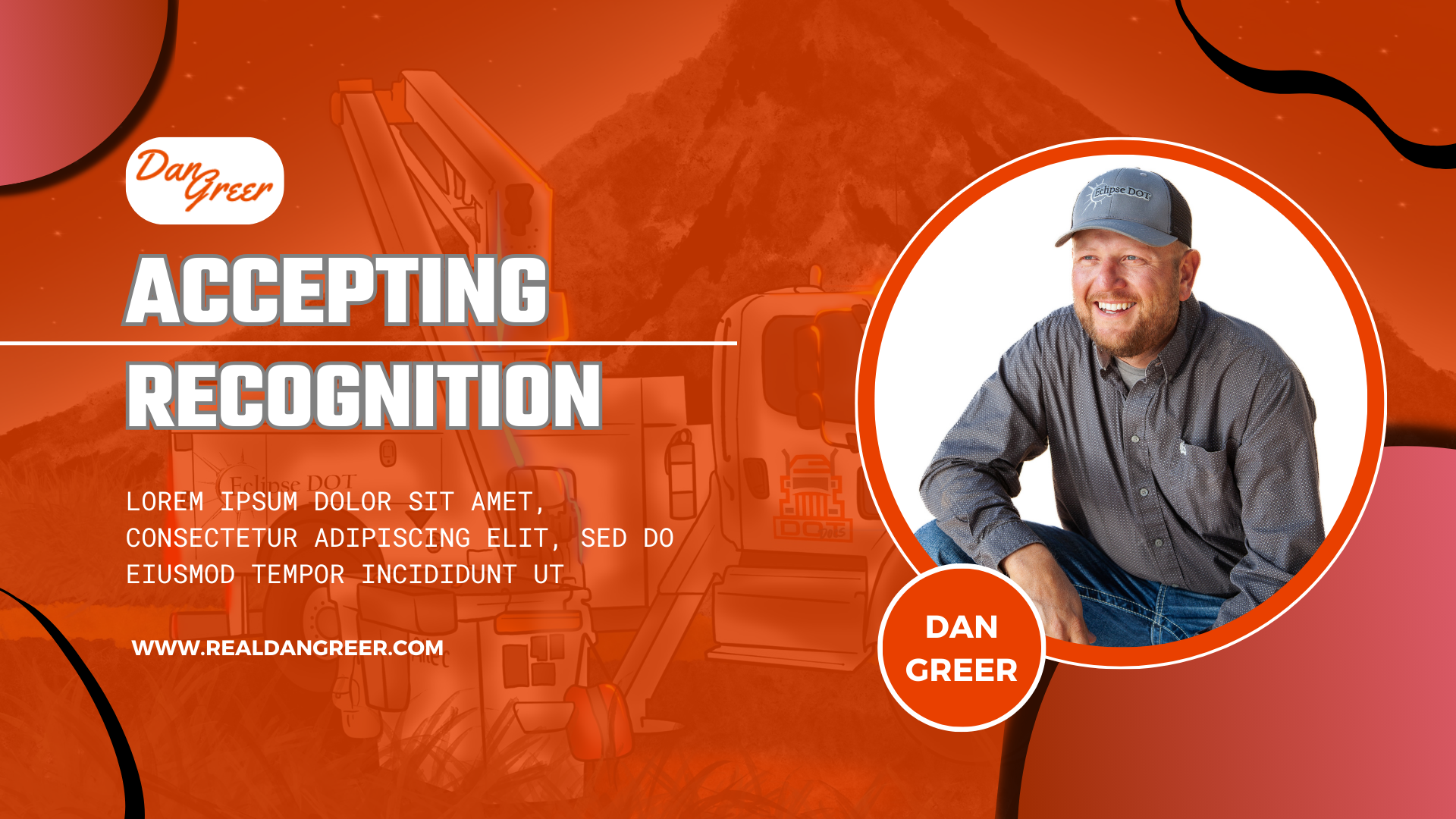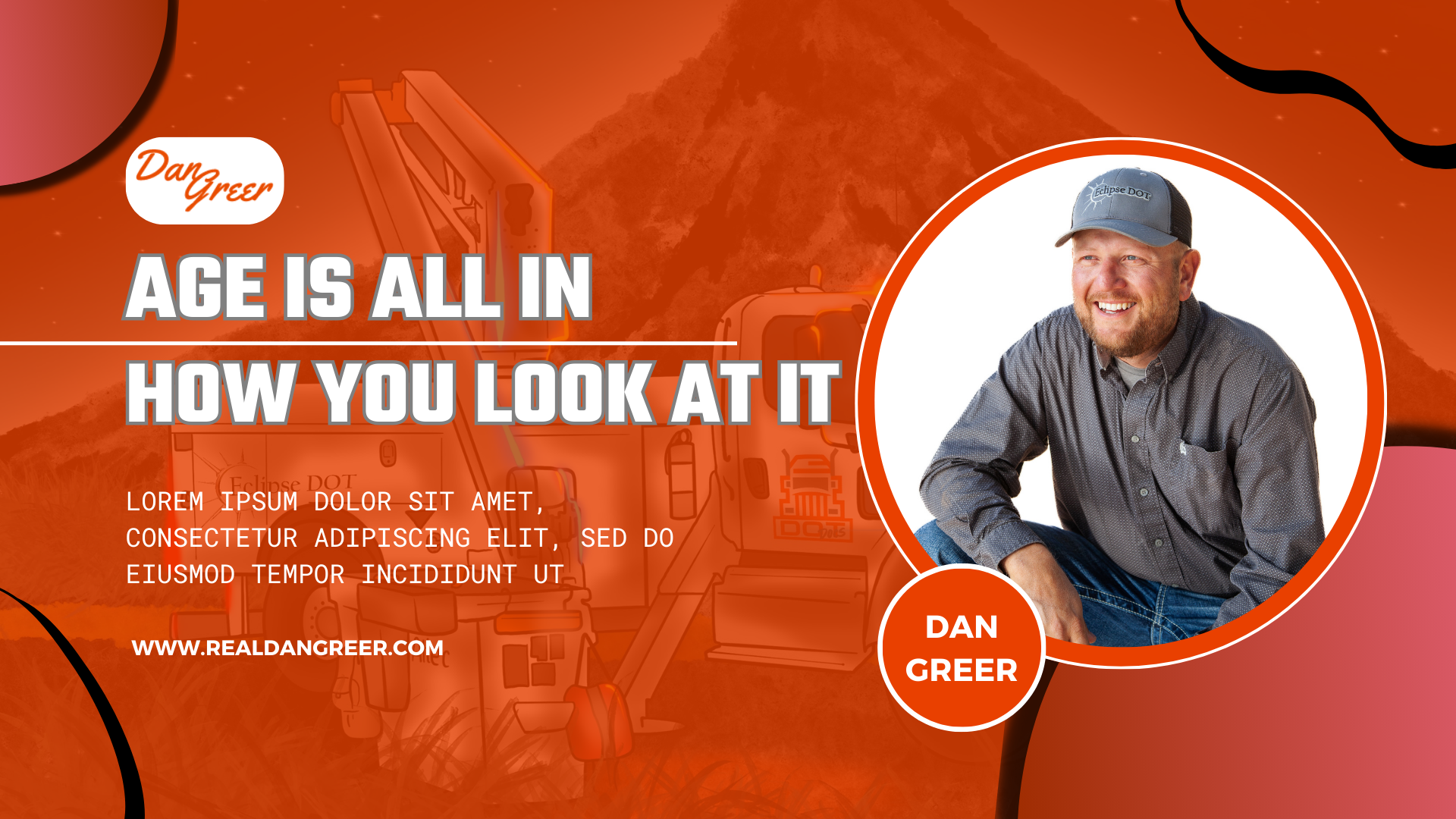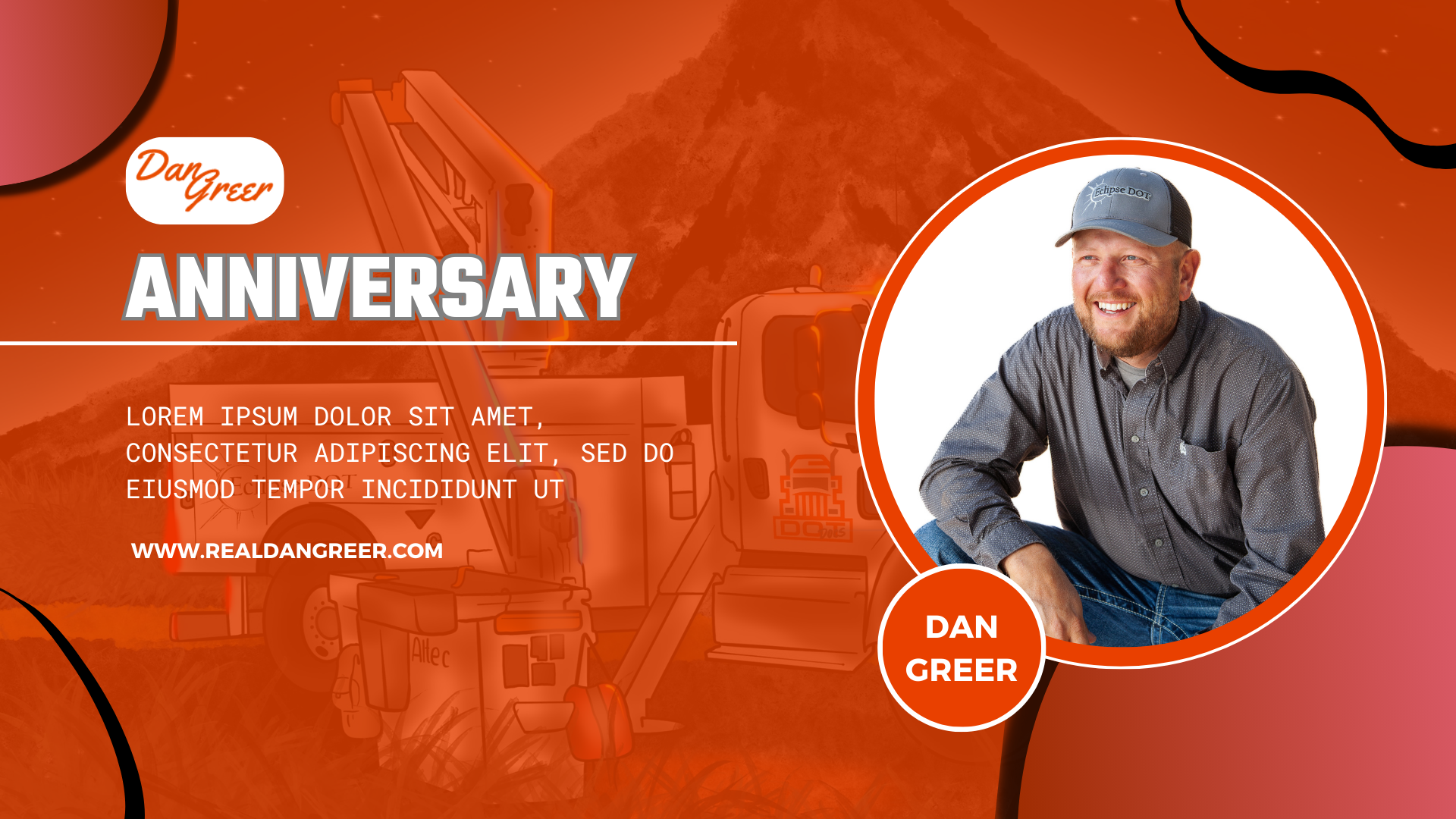My Origin Story (PART 2)
“Every man may believe he can go it alone, but a true man understands the irreplaceable value of support, encouragement, and a reliable pit crew.”
Tim Allen
A brief recap of part one:
My love for trucks began in childhood, leading me to join the local volunteer fire department just for the thrill of riding in them. It’s funny how things turn out!
Obtaining my CDL at 18 marked the start of a lifelong quest to move away from trucking. However, as we concluded part one, I had just achieved the milestone of becoming a licensed CDL tester for Colorado.
Let’s dive back into the story!
Not long after that, I had three companies eagerly reaching out and keeping in touch weekly to gauge my interest in joining their teams. I opted to join a fantastic company experiencing rapid growth, confident that I would have ample opportunities to step into leadership roles.
Upon joining, they tasked me with developing a successful CDL training program from scratch. In my first week, I sat down with the owner and set ambitious goals—I aimed to have a minimum of two trucks and three instructors within the first year of my tenure.
He expressed doubts about our ability to launch the program successfully.
His skepticism fueled my determination to ensure its success. However, I was clueless about where to begin. Marketing and program development were entirely new territories for me; up until then, I had only been a truck driver and equipment operator.
But that didn’t deter me.
Within six months of launching the initial training course, I recruited additional trainers and expanded our fleet with another truck and trailer. Moreover, I fostered valuable relationships with local companies, who now reached out to me whenever they needed new drivers, seeking out our “top-notch” drivers for job openings.
My team maintained a flawless record.
However, the company underwent a DOT audit. Two officers arrived and meticulously combed through every aspect of the company, searching for any DOT-related issues.
After the audit concluded, it was discovered that the company had significant compliance issues, with an alarmingly low rate. As the auditors departed, they informed all of us present during the audit that they would return within the year to ensure the company was swiftly progressing toward compliance.
Following that meeting, the owner approached me and posed a new challenge. He asked if I would be willing to oversee a crucial task: ensuring the company achieved compliance before the auditors returned.
I was completely at a loss for what to do. Taking on this task meant dedicating an enormous amount of time and effort. I would essentially be starting from ground zero, with no existing driver files, a virtually nonexistent DOT program, and no organized system for DOT-related tasks.
Creating an entire DOT program from scratch was a daunting prospect, well outside my comfort zone. So, I went home and prayed for guidance, seeking clarity on how to proceed.
The encouragement I needed came from an old friend who simply said, “Why not give it a try? If you fail, things can’t get any worse.”
With that perspective in mind, I accepted the position and dove right into the work. The leadership emphasized the urgency of fixing the issues, along with keeping costs as low as possible.
My first step was to thoroughly review the audit findings to understand the exact issues flagged by the officers. From there, I created a detailed checklist outlining everything needed to address these issues systematically.
Upon uncovering those issues, I embarked on a journey to educate myself extensively about DOT regulations. I began by immersing myself in free webinars—countless hours of them.
As my thirst for knowledge grew, I invested in paid courses to deepen my understanding. I developed a driver application that adhered to FMCSA standards and initiated efforts to ensure drivers completed it promptly.
To streamline these processes, I needed HR’s cooperation. Thus, I met with them multiple times a week, even bringing coffee and breakfast to foster rapport. Over time, our conversations shifted from business-focused to more personal topics during our chats.
At the time, I didn’t recognize it, but I was honing my networking skills—a crucial asset in the DOT industry.
With HR’s support, I gained access to essential files, allowing me to extract necessary information. I meticulously created a driver profile for every individual in our company. When I began this endeavor, we operated in more than 18 states and employed over 1800 individuals, including approximately 750 drivers. Surprisingly, there was a general lack of clarity about who exactly qualified as a DOT driver.
That brought me to a significant challenge: training every supervisor, driver, and laborer in the company. It was crucial for everyone to understand what qualifies them as DOT drivers, ensuring informed decisions when assigning vehicles.
I’ll share more about this journey later. As I dove deeper into DOT regulations, I continuously refined the system I was building. I revamped file labeling, document organization, and document tracking methods based on my growing knowledge.
Each time I experimented with a new approach and it didn’t yield the desired results, I made adjustments to enhance it. I wasn’t afraid of extra work; if I noticed effective strategies used by others, I integrated them into our processes.
In just three months (though it felt more like six with countless long days), the company transformed from receiving a warning letter from the FMCSA threatening to revoke our operating authority due to poor DOT scores to achieving a remarkable 98% compliance rate.
Throughout this period, I devoted most days to fine-tuning the program at the office. I made numerous calls to DOT enforcement officers nationwide, seeking guidance and clarifying my doubts. I discovered that officers in areas where we operated were especially supportive and eager to assist us in improving compliance.
When these officers encountered our drivers in the field, they often mentioned my name, underscoring that I was actively communicating with enforcement to ensure our drivers’ safety and facilitate smoother operations on the road.
Expanding my network, both internally and externally, became a priority. Interestingly, the officers unknowingly validated the information and directives I conveyed within the company.
Our next focus was on reshaping the company culture. Initially, it was a “get it done” culture, but I recognized the need to pivot towards a mindset of “We can achieve greatness if we do it the right way.”
As I traveled from one location to another within the company, I made a point of engaging with both drivers and leadership to understand their challenges firsthand.
A crucial lesson I quickly grasped was the importance of speaking with people rather than talking down to them. Condescending attitudes lead to immediate disengagement, requiring ten times more effort to regain their attention and trust.
Another important aspect is to focus on them. I made it a habit to begin every conversation by showing genuine interest in the other person. I asked about their journey with the company and inquired about their personal life, such as their family, hometown, and so on.
When I noticed their attention waning, I swiftly redirected the conversation back to them, rekindling their engagement.
But let’s get back to the main story.
I kept expanding my network within the company.
Fast forward three years, and our company was acquired by another construction company specializing in the oilfield sector. It was a nerve-wracking transition, to say the least.
The new company dispatched their DOT manager, Tamisha, to assess our program. Tamisha was fantastic. She thoroughly reviewed our DOT program, and we had extensive discussions covering every aspect.
After Tamisha departed, doubts began to cloud my mind once more. The acquiring company already had a team of three DOT professionals managing a larger number of drivers than I was handling. Would they have any use for me? What did Tamisha think of the DOT program I had put together? Why would they want me to join their team?
Once the acquisition was finalized, they didn’t request any changes from me, leaving me to ponder my role. This uncertainty only added to my doubts.
Stay tuned for Part 3, coming soon!
Take your leadership skills to new heights with personalized coaching. Discover tailored guidance at EclipseDOT.

